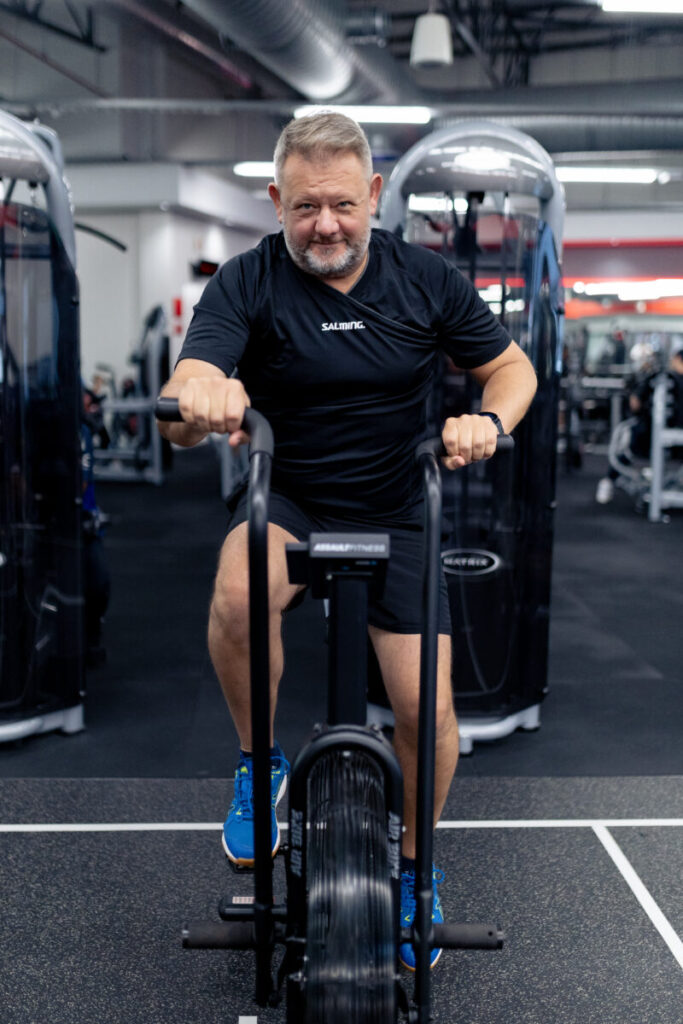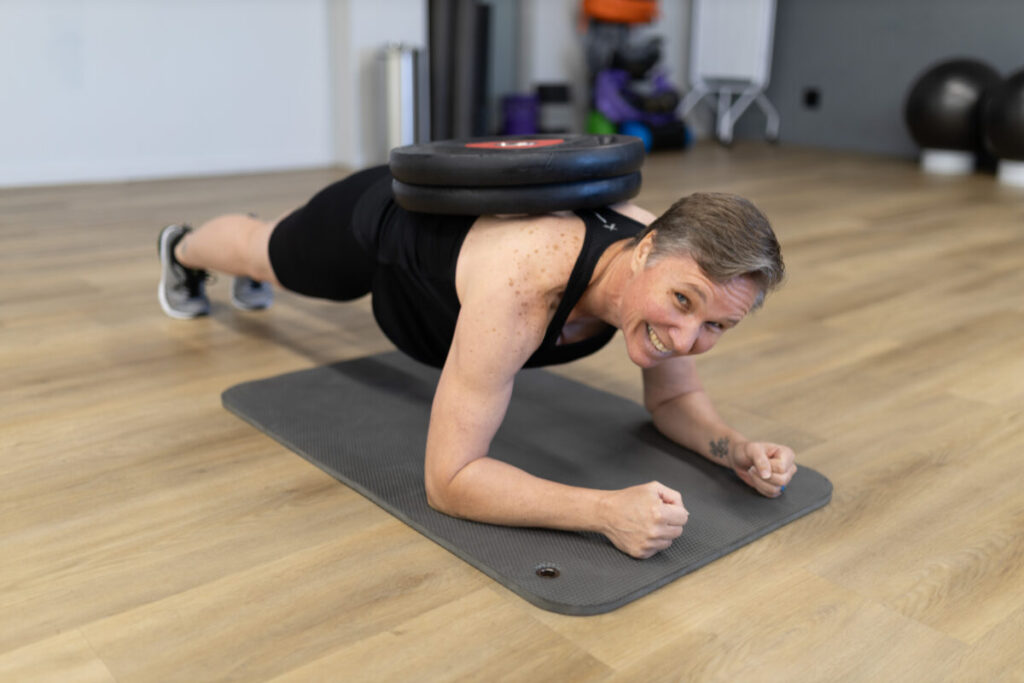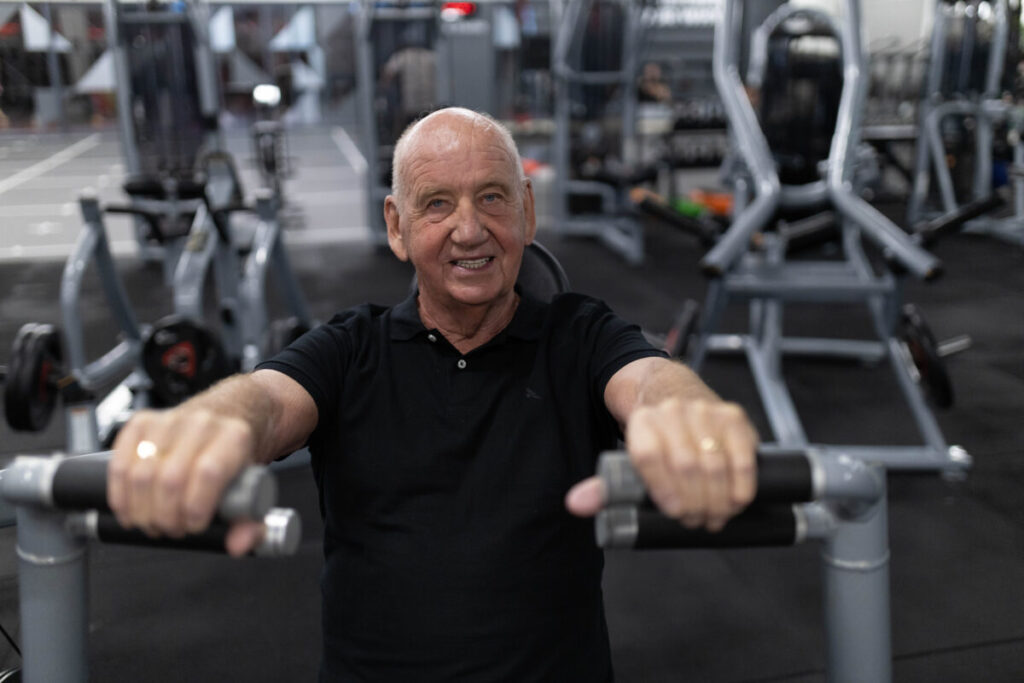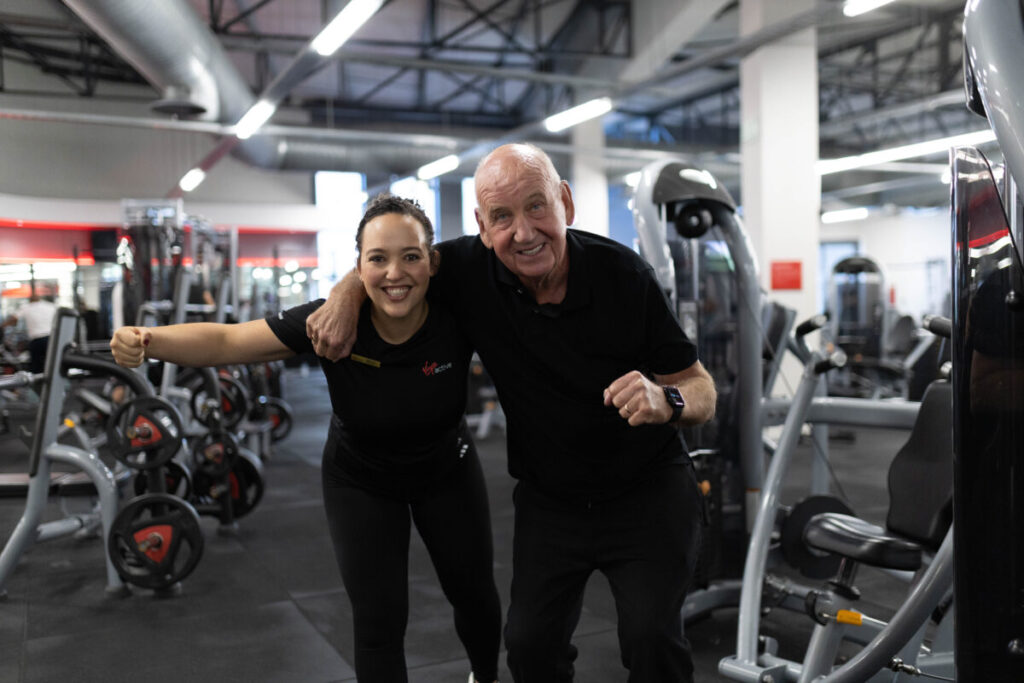As we age, staying active becomes less about chasing youthful fitness trends and more about preserving health, strength, and independence. For years, cardio—think brisk walks or cycling—has been the go-to recommendation for older adults, praised for its heart-health benefits. But recent studies are shifting the focus toward weight training, suggesting it might hold the upper hand as we get older. Whether you’re in your 40s or well into your later years, the debate between these two exercise types is gaining momentum, and the evidence might surprise you. Let’s explore the science, draw on insights from Marcia Swanepoel, a personal trainer from Somerset West, and figure out what works best for aging bodies.
The Cardio Legacy
Cardio has long been a cornerstone of health advice. The Centers for Disease Control and Prevention (CDC) recommends 150 to 300 minutes of moderate-intensity aerobic activity weekly for adults, a guideline rooted in its ability to boost heart and lung health. A 2022 study from the British Journal of Sports Medicine found that just one hour of moderate cardio weekly can reduce mortality risk by 15%, with three hours increasing that benefit to 27%. For aging adults, this means lower risks of chronic conditions like diabetes and improved circulation—crucial as the heart naturally weakens over time.
However, there’s a downside. Research, including a 2017 study from Wake Forest University published in Obesity, revealed that cardio, especially when paired with calorie restriction, can lead to significant muscle loss. In that 18-month trial with 249 adults, those combining dieting with walking lost about 16 pounds of fat but also shed four pounds of lean muscle—more than the diet-only group. Losing muscle can weaken strength, slow mobility, and heighten fall risk, which becomes a concern as we age. While cardio keeps your heart strong, it might not fully address the challenges of aging.

The Rise of Weight Training
Weight training, or strength training, is stepping into the spotlight with compelling evidence. That same Wake Forest study showed that pairing a low-calorie diet with resistance training resulted in 17 pounds of fat loss but only two pounds of muscle loss—half the muscle loss seen with cardio. This preservation of lean mass is vital because muscle strength supports daily activities like climbing stairs or lifting bags, and it declines by about 10% per decade after 30, speeding up after 65.
A 2023 American Heart Association scientific statement highlights that resistance training not only maintains muscle but also lowers cardiovascular risk factors like blood pressure and improves insulin sensitivity—benefits once thought exclusive to cardio. A 2024 study in the Journal of the American College of Cardiology found that women who regularly did weight training experienced a 30% reduction in cardiovascular mortality, a striking result. Even 30 to 60 minutes of weekly strength training can cut mortality risk by 10 to 20%, per a 2022 meta-analysis in The British Journal of Sports Medicine.
For aging adults, this muscle-preserving power is transformative. Sarcopenia, the age-related muscle loss, can lead to frailty, but strength training stimulates new muscle growth, even late in life. It also strengthens bones, reducing osteoporosis risk, and boosts metabolism, aiding weight management as metabolism slows.

The Combo Approach
Does one type win outright? Not necessarily. Recent research points to a combination of cardio and strength training as the ideal approach. The Iowa State University CardioRACE trial, published in European Heart Journal in 2024, followed overweight adults for 12 months and found that splitting the recommended 150 minutes of weekly exercise between aerobic and resistance training matched cardio-only benefits for heart health while adding muscle strength gains. Participants improved their VO2 max (a cardio fitness measure) and bench/leg press strength, unlike those sticking to one type.
This aligns with the Physical Activity Guidelines for Americans, recommending at least 150 minutes of moderate cardio and two strength sessions weekly. A 2023 study in GeroScience with adults over 80 showed that those combining both outperformed sedentary peers and cardio-only exercisers on cognitive tests, suggesting brain health benefits too. The conclusion? Both matter, but strength training’s role in preserving muscle becomes more critical with age.
Marcia’s Real-World Insights
Marcia Swanepoel, a personal trainer from Somerset West, brings this science to life with her clients. She blends cardio and strength training to suit individual needs, drawing on her experience to adapt workouts. “I’ve seen clients transform with strength training,” she says. “One started with light weights and now handles heavier lifts with confidence, while another found balance through resistance work after years of just walking.” Her approach starts with cardio to build endurance, then adds weights to target muscles, ensuring a balanced routine.
Marcia emphasizes enjoyment. “It’s not about heavy lifting—it’s about feeling strong and capable,” she notes with a laugh. Her clients’ progress—easier daily tasks, better posture—mirrors the research, proving tailored training can enhance aging bodies. She often uses bodyweight exercises or bands for those with joint concerns, making strength training accessible and safe.

Why Strength Training Takes the Lead as You Age
As you move past 40, muscle loss accelerates, and by later years, it can limit independence. Cardio excels at heart health but doesn’t combat this decline as effectively. The 2019 Wake Forest study underscored that weight training preserves muscle during weight loss, critical since regained weight post-diet is often fat, not muscle. A Newsmax article referencing this research noted that older adults prioritizing strength training maintain knee strength and walking speed better, reducing disability risk.
Strength training adapts to limitations too. A 2022 European Review of Aging and Physical Activity meta-analysis found power training (a fast-paced strength variant) outperformed traditional strength training for functional tasks like rising from a chair, suggesting even light resistance can be impactful. This flexibility makes it a standout for aging adults.

Practical Tips for Getting Started
If you’re leaning toward strength training, start small. Marcia suggests two 20-minute sessions weekly, focusing on major muscles with exercises like squats, push-ups, or light dumbbells. “Pick a weight you can lift 10-12 times with effort but not strain,” she advises. Pair it with 75-150 minutes of cardio—like walking or swimming—for a balanced approach. Progress gradually; a 2024 NIA.nih.gov article notes even modest resistance increases can slow sarcopenia.
For motivation, Marcia’s trick is accountability. “Find a workout partner or trainer—I’ll keep you on track!” she jokes. Track progress—can you carry more or climb stairs easier? Celebrate those wins to stay committed. Combining both types ensures heart health and muscle strength, tailored to your pace.
The Verdict
Cardio remains a heart-health hero, but as you age, weight training emerges as the MVP for preserving muscle, strength, and function. Studies from Wake Forest, Iowa State, and the American Heart Association show it’s about living better, with less frailty and more independence. Marcia Swanepoel’s work with mature clients proves this in action, blending science with a supportive approach. Whether you’re 40 or beyond, adding strength training to your routine, alongside some cardio, could be the key to thriving as the years roll on. So, ditch the “cardio-only” mindset, try a dumbbell, and let’s get strong—your future self will thank you!

